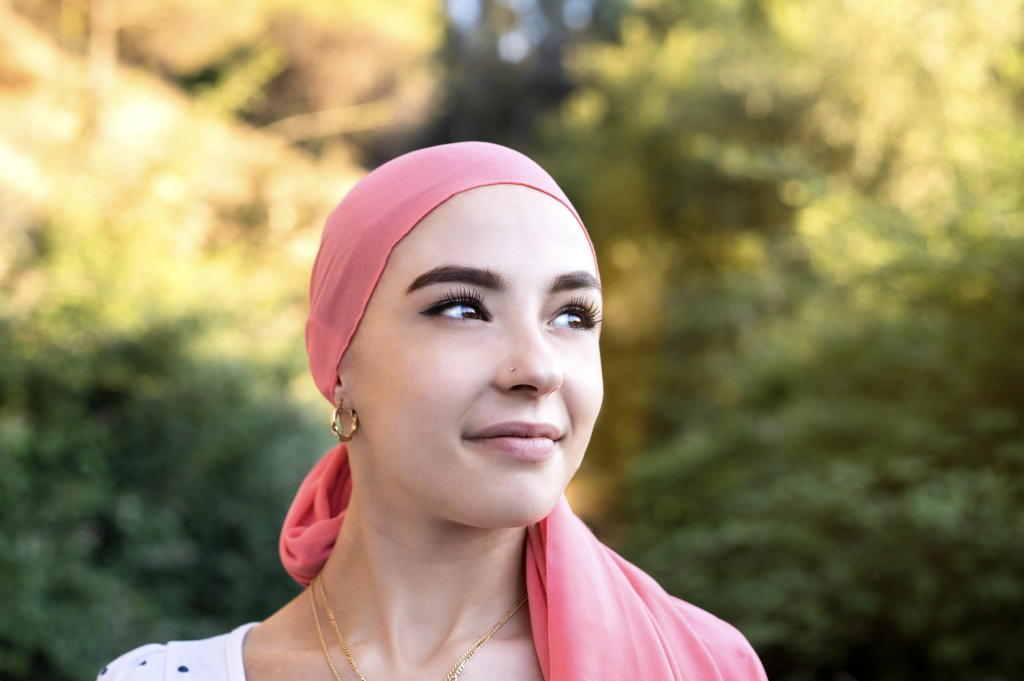
By Annette Brooks
If you’ve been diagnosed with breast cancer, take heart. With significant advances in detection and treatment, the number of women who died from breast cancer dropped about 40% in the past 25 years, according to a recent American Cancer Society report.
Early detection is a major contributing factor. Caught in its earliest stage, the breast cancer survival rate is up to 99%. Plus, you may have more flexibility in advanced treatment options and better chances for a lower recurrence rate. Check out some of the options available to women below, and remember, a breast cancer diagnosis today doesn’t always mean an unfavorable outcome. I can genuinely say this as a three-year breast cancer survivor myself.
Tissue-Sparing Breast Surgery
Mastectomy — entire breast removal — used to be the de facto standard. Now, depending on your diagnosis and if you’re a good candidate, a tissue-sparing surgery called lumpectomy may be an option. Lumpectomy involves removing the tumor plus a margin of surrounding breast tissue which is examined to determine if it’s cancer-free. Recovery is understandably easier with lumpectomy, and per the National Cancer Institute, researchers found that women who had a mastectomy had a lower quality of life score than those who had a lumpectomy.
When mastectomy is required, you may be a candidate for nipple-sparing and skin-sparing mastectomy based on your diagnosis. These options apply if you’re having immediate breast reconstruction after breast surgery. A plastic surgeon who works with your breast surgeon in the operating room performs reconstruction after the lumpectomy or mastectomy is complete.
Not Your Grandmother’s Radiation Therapy
Radiation therapy is an essential breast cancer treatment component and the standard of care following breast-conserving surgery (BCS). Previously, the entire breast was externally irradiated over five to seven weeks after BCS. Side effects can linger for years after radiation treatment, so this is something you want to avoid whenever possible. Today, state-of-the-art linear accelerator (LINAC) technology pinpoints radiation at breast cancer tumors with precision and accuracy, sparing nearby healthy tissue. It also enables accelerated partial-breast radiation, an option for certain women with early-stage breast cancer.
You Might Avoid Chemotherapy
Chemotherapy isn’t automatically prescribed for all breast cancer patients these days. A federally funded study presented at the American Society of Clinical Oncology meeting in 2018 and published in the New England Journal of Medicine found that many women with the most common type of early-stage breast cancer — hormone receptor (HR) positive, HER2 negative with no spread to the lymph nodes — could safely avoid chemotherapy. This equates to around 70% of breast cancer patients.
We can thank a gene expression test called Oncotype DX for this. Performed on the excised breast cancer tumor, it predicts how likely breast cancer will recur, creating a “recurrence score” between 0 and 100. A score of around 25 or less suggests a low risk of recurrence and that the benefits of chemotherapy will likely not outweigh the risks of side effects.
Reduce Your Risk
While there’s no sure way to prevent breast cancer, you can take steps to lower your risk. The American Cancer Society promotes maintaining a healthy weight and limiting or avoiding alcohol and staying physically active. And the National Institutes of Health (NIH) indicates that “Physical activity can reduce breast cancer mortality by about 40% and has the most powerful effect of any lifestyle factor on breast cancer outcomes. At least 150 minutes per week of physical activity is recommended.”
You Don’t Have to Face It Alone
Few things are worse after a breast cancer diagnosis than being alone with your thoughts and fears running wild with no one to talk to who can truly understand what you’re going through. Support groups help, and research indicates that receiving and giving support can reduce anxiety and stress.
Keep an open mind when evaluating different groups because no support group model is suitable for everyone. Your breast cancer surgeon should be able to recommend local and online support groups, and your cancer treatment center will likely have an active breast cancer support group. Other considerations include:
- The National Breast Cancer Foundation hosts a monthly support group with a facilitator.
NationalBreastCancer.org/nbcf-programs/breast-cancer-support-group - The American Cancer Society offers support groups and one-on-one support through the Reach To Recovery program. Newly diagnosed breast cancer patients are paired with breast cancer survivor volunteers.
Cancer.org/support-programs-and-services/reach-to-recovery










